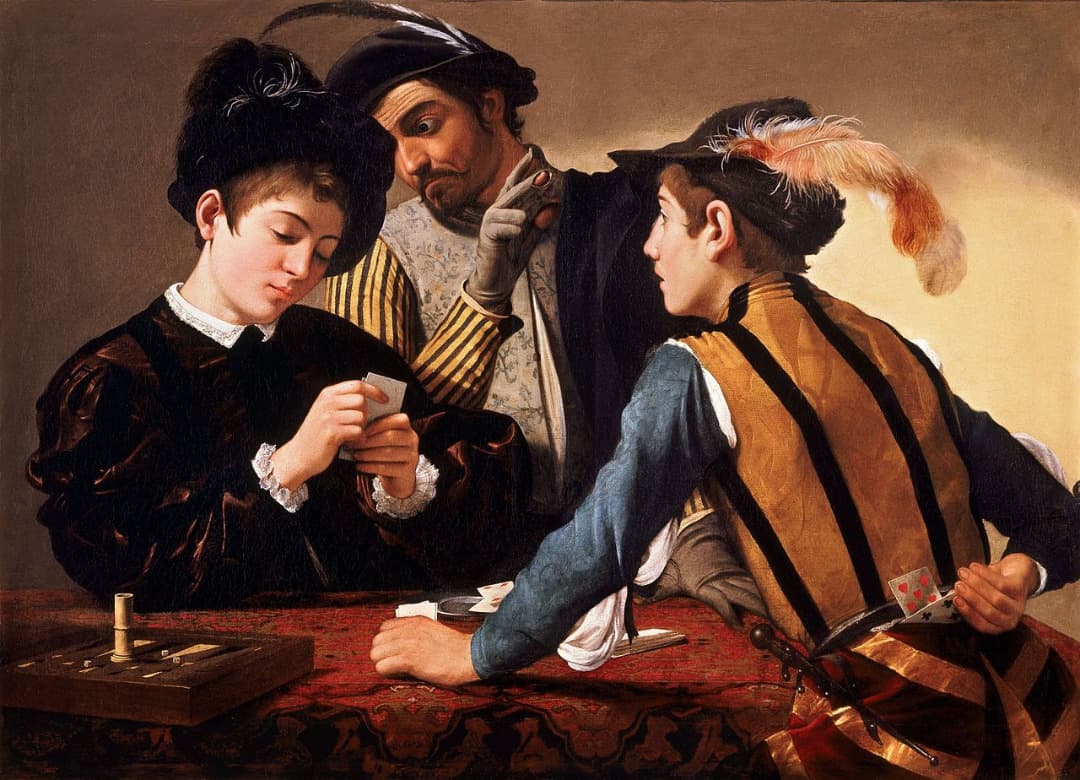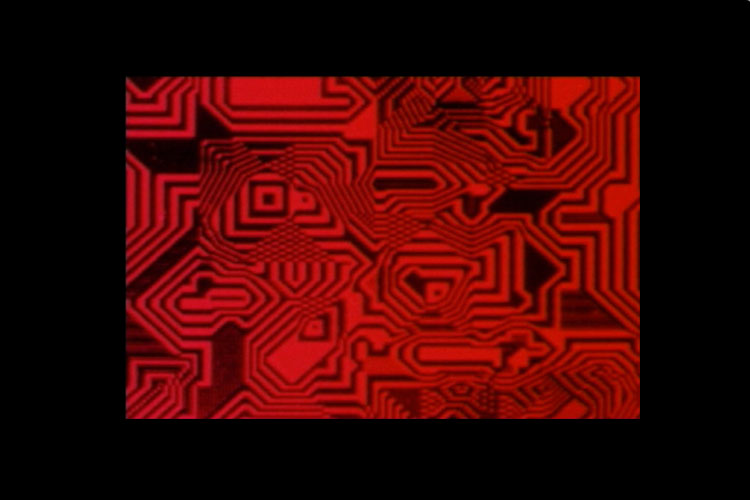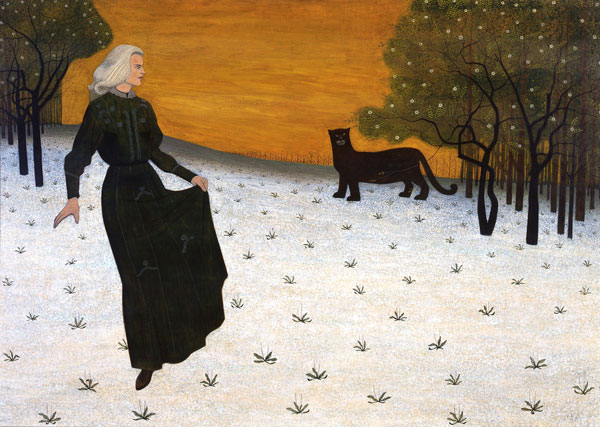Caravaggio shines at the Toledo Museum of Art

From January 20 to April 14, 2024, The Toledo Museum of Art presents four paintings by Caravaggio in conversation with works from the Museum’s permanent collection in “The Brilliance of Caravaggio: Four Paintings in Focus”
Source: Toledo Museum of Art (TMA) · Image: Caravaggio (Michelangelo Merisi), The Cardsharps, c. 1595, oil on canvas, Kimbell Art Museum.
The exhibition marks the first time in more than a decade that four paintings by this renowned Italian artist have been on view together in the United States and only the second showing ever of Caravaggio’s work at the Toledo Museum of Art. A single composition by the artist was shown at the Museum in 1951.
Caravaggio’s theatrical works will appear alongside examples of paintings by Italian, French, Dutch and Spanish artists from TMA’s collection to demonstrate the breadth and intensity of his influence. “It is both an honor and a joy to present visitors, new and frequent, with these gems from the brush of one of the greatest painters who ever lived,” said Lawrence W. Nichols, the exhibition curator and TMA’s former William Hutton senior curator of European and American paintings and sculpture before 1900. “The extremely rare opportunity to dwell with the spellbinding art of Caravaggio will simultaneously afford our institution the occasion to showcase our extensive holdings of paintings by so-called Caravaggisti, artists who sought to emulate his compelling realism.”
The Caravaggio paintings featured in the exhibition will include genre scenes and Christian saints, all produced in the 1590s in the initial years after the artist’s arrival in Rome. The Cardsharps (ca. 1595), one of Caravaggio’s most highly regarded endeavors, presents players engaged in a game of primero — a precursor of poker — in which deceit prevails. It was acquired by Cardinal Francesco Maria del Monte, who would provide Caravaggio quarters in his palace. This set the stage for the artist to work in a public forum. The painting inspired other artists to create works that highlight related themes.
Saint Francis of Assisi in Ecstasy (ca. 1595-96), Caravaggio’s first religious painting, presents the 13th-century saint’s vision of his miraculously receiving the signs of the stigmata, the wounds left in Christ’s body by the Crucifixion. The nocturnal scene includes an angel that offers spiritual comfort to the recumbent saint. The Musicians (1597) and Martha and Mary Magdalene (ca. 1598) are also among Caravaggio’s paintings on view.
The paintings from TMA’s collection on display reflect the stimulus that Caravaggio provided to his contemporaries. Valentin de Boulogne’s Fortune-Teller with Soldiers (ca.1620) features a lively scene of soldiers drinking while one has his fortune told — and his ring stolen — by a fortune teller. Hendrik ter Brugghen, whose The Supper at Emmaus (1616) will appear in the exhibition, was a leading Dutch painter of religious subjects in the Caravaggesque style. He used dramatic contrasts of light and shade inspired by Caravaggio. Other works from the permanent collection will include Artemesia Gentileschi’s Lot and his Daughters (ca. 1636-1638) and Jusepe de Ribera’s Portrait of a Musician (1638).
Follow us on:


